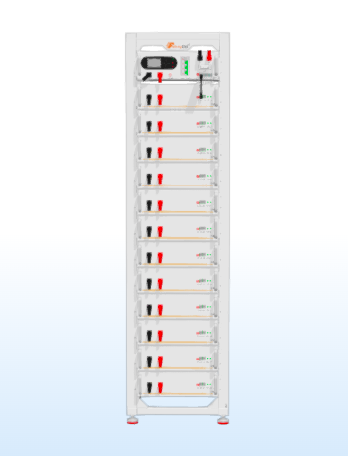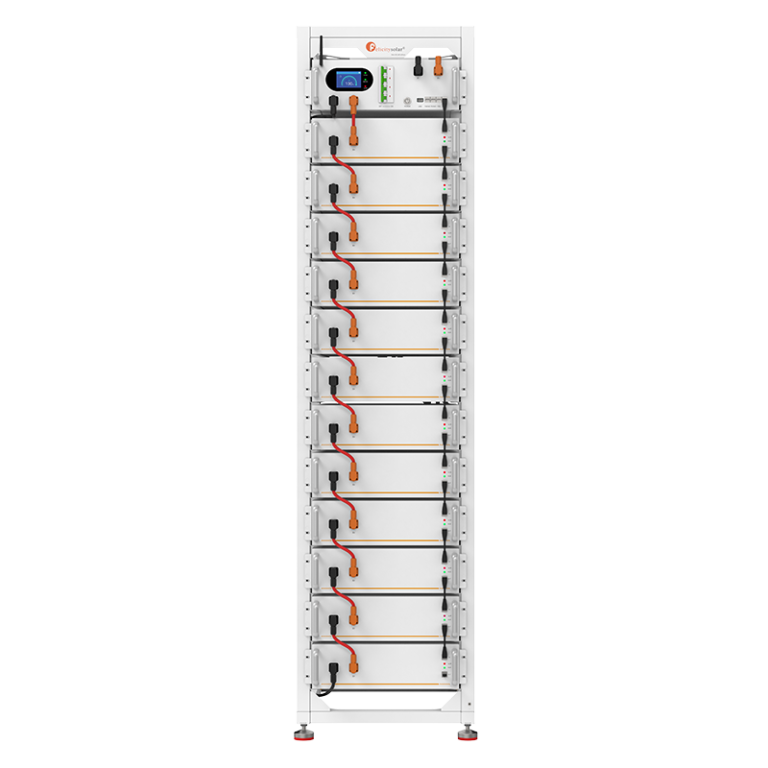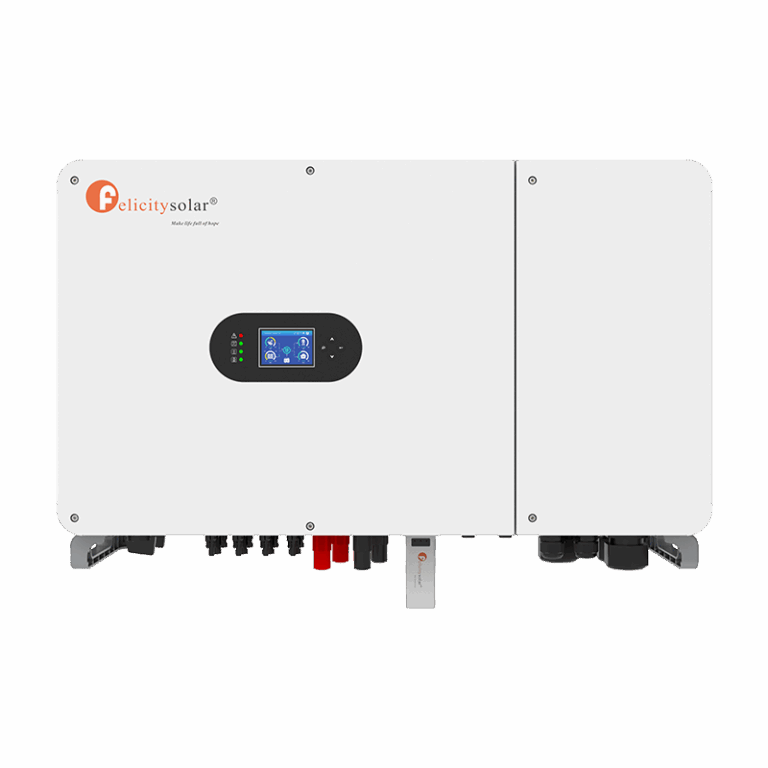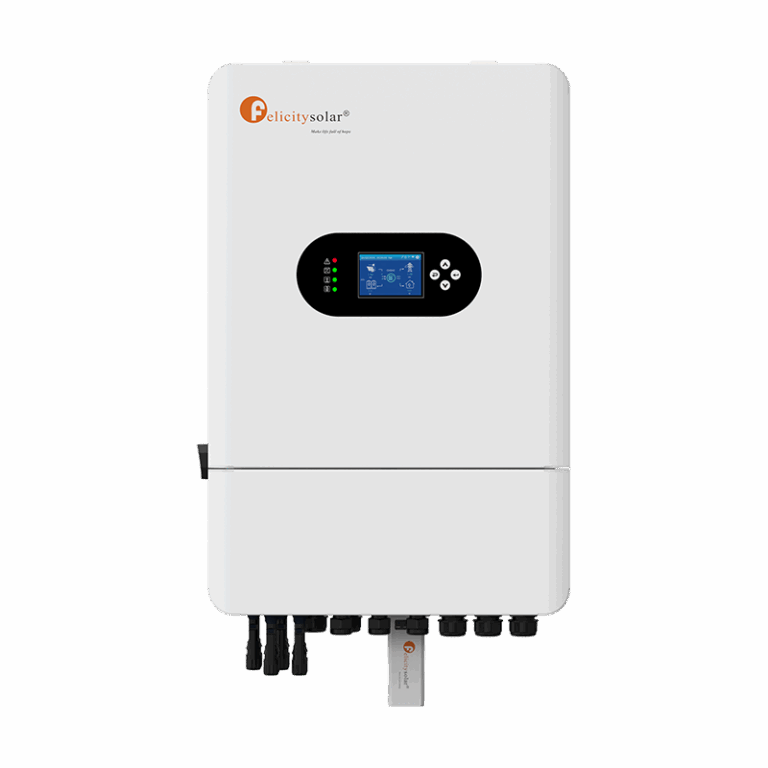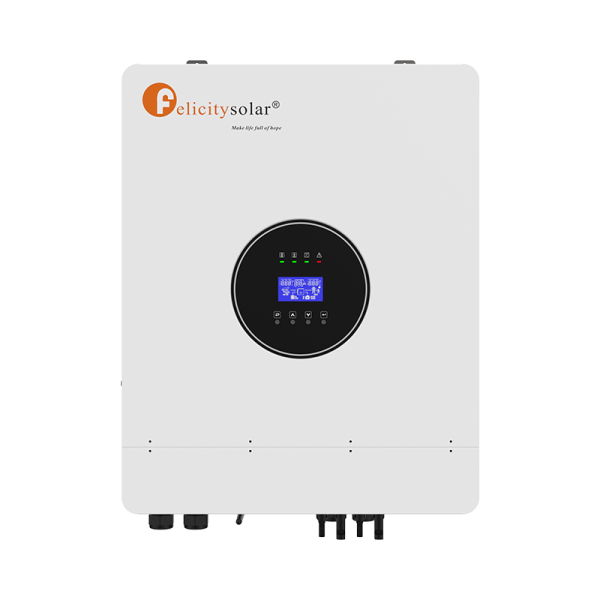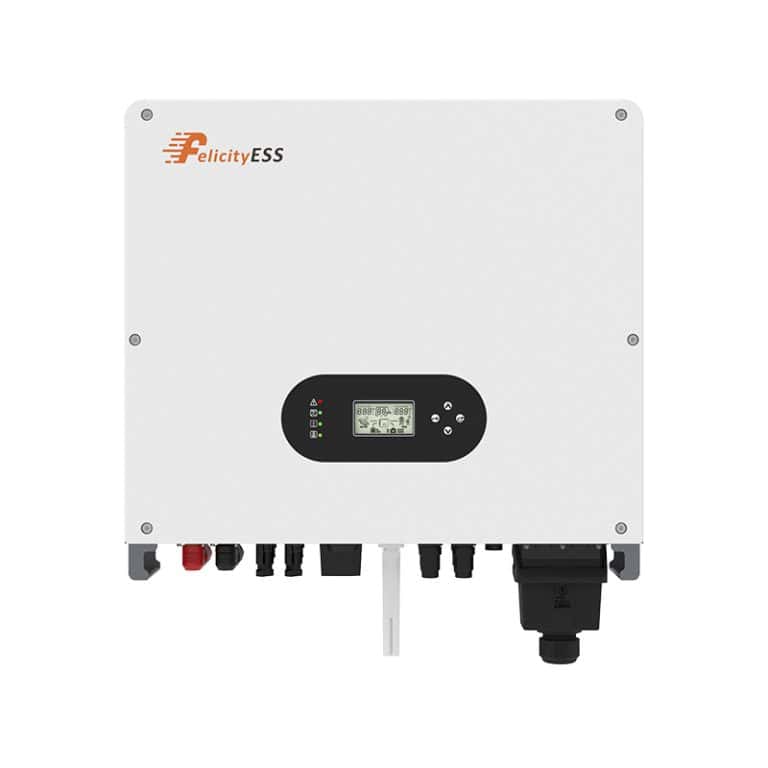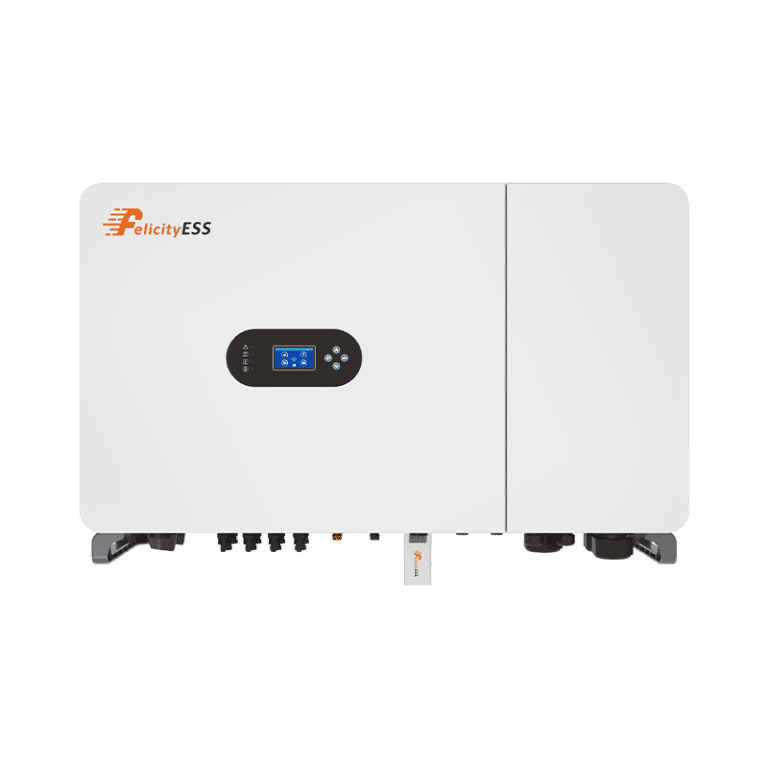In today’s high-speed developing energy storage market, the lithium iron phosphate battery pack (LiFePO4 battery) has made headlines a lot. Unlike standard lithium-ion packs that use predominantly nickel manganese cobalt (NMC) or nickel cobalt aluminum (NCA), LiFePO4 packs are distinctive with high safety ratings, long cycles, and high-temperature stability. As renewable energy and electric vehicles make their moves, choosing the right battery technology is more than vital.
1. Advantages of Lithium Iron Phosphate Battery Pack
- Längere Lebensdauer
Another extremely valuable aspect of a lithium iron phosphate battery pack is that it has a very long lifespan. While typical lithium-ion batteries will last through only some 1,000 to 2,000 charge cycles, LiFePO4 batteries will last through 3,000 to 8000 cycles, depending on use conditions. This makes them highly cost-effective in the long run because individuals do not need to replace them nearly as frequently.
- Higher Safety Standards
Standard lithium-ion batteries are at risk of thermal runaway and overheating. But the lithium iron phosphate battery pack has very stable chemistry. With a high thermal runaway point of over 500°C, LiFePO4 batteries are far less likely to burn or explode, which renders them highly suitable for home, commercial, and industrial storage systems where safety is highly appreciated.
2. Energy Density vs. Practical Usability
Although NMC and NCA lithium-ion batteries would have a potential energy density of approximately 200–250 Wh/kg, the LiFePO4 batteries are approximately 140–170 Wh/kg. Although they are lower, their improved stability and efficiency in real applications make them more practical for most energy storage systems.
3. Lithium Iron Phosphate Battery Pack vs. Traditional Lithium Batteries
(1)Safety Comparison
- LiFePO4 (LFP): Very stable, extremely low fire hazard, safe both indoors and outdoors.
- NMC/NCA: Greater energy density but more susceptible to overheating under stress.
(2)Cost Analysis
Although the initial cost of a lithium iron phosphate battery pack might be higher, the increased life makes it less expensive to own. Over 10 years later, LiFePO4 batteries are usually 20–30% lower in cost over the life of the battery compared to typical lithium-ion deployments.
(3)Environmental Considerations
The absence of cobalt in LiFePO4 chemistry decreases its environmental degradation. Cobalt mining has also raised ethical and environmental concerns. Energy retrieval from a lithium iron phosphate battery pack encourages cleaner energy alternatives.
4. Felicity ESS Lithium Iron Phosphate Battery Pack Lösungen
(1)LUX-X Series Lithium-Ion Battery
Felicity ESS’s LUX-X Series is one of the most sophisticated lithium iron phosphate battery pack solutions in the industry. The stackable batteries are built for residential storage, commercial applications, and industrial backup.
- Stackable Engineering: Each unit of LUX-X-48100LG01-UShas a capacity of 4.98 kWh. The maximum of 8 units can be stacked, resulting in a total capacity of 39.84 kWh.
- Parallel Expansion: 8 stacks can be expanded in parallel to support highly scalable applications.
- Built-inProtections: Built-in BMS, fuses, and circuit breakers for added protection.
- Fire Suppression: Aerosol fire suppression agents are in-built as a precautionary measure.
- Flexible Installation: Installments come in wall-mount, floor-mount, and mobile forms.
- Efficiency: Modular design is space-effective for easy installation and future expansion.
(2)LUX-Y Series Lithium-Ion Battery
LUX-Y Series is an ultra-space LiFePO4 solution for villas, independent houses, and commercial power backup.
Modell: LUX-Y-48100HG01
- Capacity & Scalability: Very scalable with ease to support huge domestic and commercial loads.
- Compatibility: Fully compatible with top inverter brands.
- User Assurance: Backed by a 10-year warranty for assurance.
- Features: WiFi-based remote monitoring, multi-BMS protection, and highly expandable system architecture.
Felicity ESS explains how lithium iron phosphate battery packs can satisfy the energy demands of the day in terms of greater safety, scalability, and reliability.
5. Uses of Lithium Iron Phosphate Battery Pack
- Home Energy Storage
In home solar energy storage, lithium iron phosphate battery pack delivers secure and safe solar power storage. Home users have lower electricity bills and backup electricity in case of outages. A system with 10 kWh capacity would normally supply the critical loads of a house for several hours.
- Commercial and Industrial Backup
Businesses and firms require mass-scale backup power. To this extent, LiFePO4 batteries are most well-matched with scalability and longevity. An example is that industrial systems can support 100 kWh or larger capacity in modular design. They enable equipment to continue working when there is a failure of the power grid.
- Electric Vehicles and Mobility
Electric cars are another category where lithium iron phosphate battery packs have become immensely popular. They have a slightly shorter range compared to NMC batteries, but the enhanced 10-year cycle life and safety benefit make them preferable for the case of buses, delivery trucks, and starter EVs.
6. Choosing the Right Battery for the Future
Contrary to the conventional lithium-ion batteries, the choice lies purely in application. For people who prioritize safety, long cycles, and affordability over maximum energy density, LiFePO4 packs are the clear winner. Felicity ESS, for example, has its LUX-X and LUX-Y series offering cutting-edge solutions to meet different residential, commercial, and industrial uses.
Overall, the future of energy storage is headed towards safe, sustainable, and reliable technologies—and lithium iron phosphate battery pack is at the forefront.




